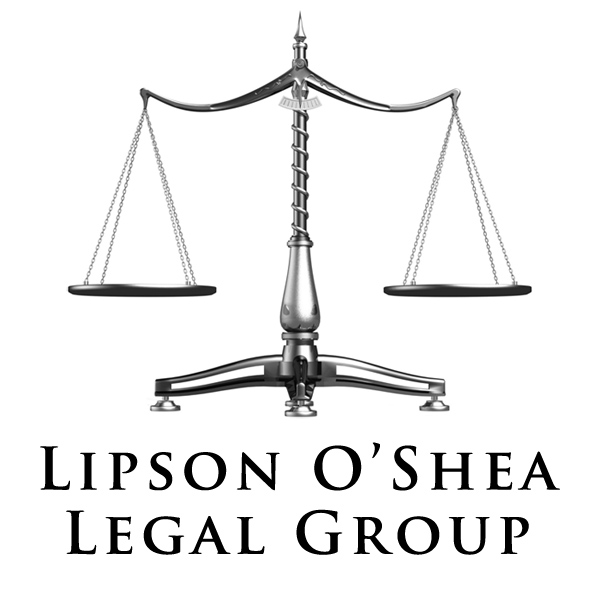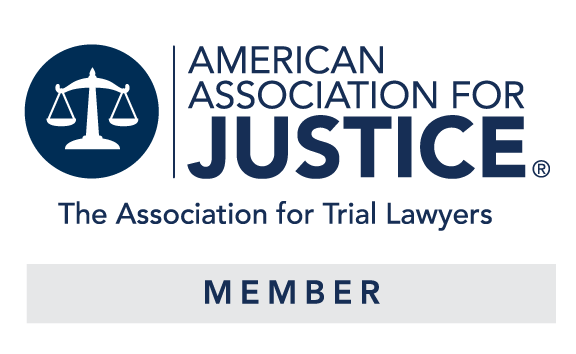In one of the more closely watched U.S. Supreme Court cases involving emerging technology in some time, the U.S. Supreme Court issued a decision involving what is easily becoming one of the most often used methods of communication: text messaging. In City of Ontario v. Quon, the Court held that text messages sent on a text device issued and paid for by a governmental employer (in this case, the City of Ontario, California), are not nessarily private and can be possibly read by the employer. Although this is the first case where the Court actually dealt with what is now this common form of communication, the decision was very fact specific (the U.S. Supreme Court is often very careful to select cases where the particular facts will result in a very narrow ruling - as they did here). The Court based its decision on an analysis of the Fourth Amendment, and whether the search of the text messages was "reasonable" - using many of the same factors it uses in determining whether other searches violate the Constitution: was the search legitimate, was the search reasonable and limited in scope. In this case, the City handed out personal messaging devices to its workers, called a meeting to put limits on their use, and told the workers that their e-messages are going to be monitored - so the Court felt that under these circumstances there was no violation of the Fourth Amendment. The Court was hesitant to issue a broader technology-based opinion given, in their opinion, how quickly and often technology changes. The Court stated:
"Rapid changes inthe dynamics of communication and information transmission areevident not just in the technology itself but in what society accepts asproper behavior. At present, it is uncertain how workplace norms,and the law’s treatment of them, will evolve."
As a pratical matter, we are not sure how this opinion specifically applies to (1) the private workplace and (2) governmental workplaces were "big brother" overly monitors everything - and we think that the Court wanted it that way. Nevertheless, any employer, both private and governmental, should have clearly defined "reasonable" text and email policies in place in order to prevent any employee from claiming that their rights have been violated, and all employees should either have their own communications device or assume that what they put on their employer's device can and will be read by the employer.



